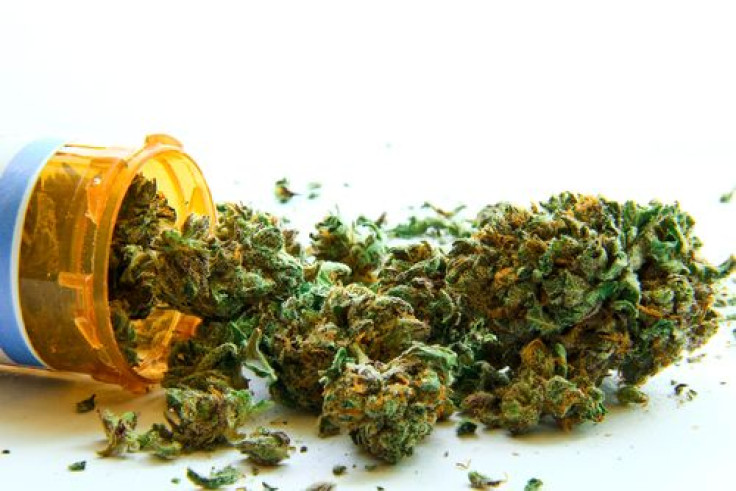Marijauna Dispensaries In Oakland Handing Out Free Weed To The Homeless: Why This New Initiative Is Both Good And Bad

Last week, city council members in Berkeley approved a piece of legislation that would require low-income and homeless people to receive free marijuana from certain dispensaries. The ordinance requires that the registered dispensaries give two percent of the gross weight that they sell in a year to people who qualify for the new exemption (Berkley residents and collective members). No other program of this kind has ever been implemented in the United States, so there is no precedence for this.
According to a report by East Bay Express, the income level to qualify per year would be $32,000 a year for one person or $46,000 a year for a family of four. The quality also has to be the same as what they would sell, "the same quality on average" as what is dispensed to others. "It's sort of a cruel thing that when you are really ill and you do have a serious illness ... it can be hard to work, it can be hard to maintain a job, and when that happens, your finances suffer and then you can't buy the medicine you need," Sean Luce with the Berkeley Patients Group told NBC Bay Area.
Now, since this type of program has never been done before, there are a few pros and cons that need to be pointed out. While there is a debate regarding marijuana's health benefits, there is some substantial evidence supporting its effectiveness for medical use. According to the National Eye Institute, marijuana can be used to treat glaucoma. In fact, the institute says, studies in the early 1970s showed that smoking marijuana lowered intraocular pressure (IOP) in people with normal pressure and those with glaucoma. This new ordinance from Berkeley could potentially alleviate glaucoma in the elderly patients who qualify. If you look at the cost of glaucoma medicines as a whole, they could be a burden for a user. Medicines can range from $150.81 to $873.98 for certain brands and needs.
Another benefit is that marijuana helps to control epilepsy because of its receptor protein. Dr. Robert J. DeLorenzo, a professor of neurology in the Virginia Commonwealth University School of Medicine, conducted a study to test marijuana's anticonvulsant potential. "This study indicates that cannabinoids may offer unique advantages in treating seizures compared with currently prescribed anticonvulsants,” he said in a press release. Not only are there advantages, but epilepsy medicines are costly, too — costing between $1,000 and $3,000 monthly.
These benefits are isolated to certain individuals, but if you look at the cons of smoking cannabis, there are many, but do they outweigh the positives?
Some say that marijuana, while not physically addictive can be mentally addictive. This means that if a person stops using it, they won’t have any physical withdrawal symptoms like they would with heroin or cocaine. “Marijuana is not addictive, not physically addictive anyway,” former Surgeon General Jocelyn Elders told CNN.
However, researchers from Brown University differ in this belief. They say that while it may not be as addictive as alcohol or cocaine, there are some human studies that show physical and psychobiological withdrawal symptoms. “For a small percentage of people who use it, marijuana can be highly addictive. It is estimated that 10 percent to 14 percent of users will become heavily dependent. In 2006, marijuana was responsible for 16 percent of all admissions to treatment facilities in the U.S.,” according to the Brown University website.
The National Institutes of Health also says that, contrary to popular belief, marijuana is addictive. “Estimates from research suggest that about nine percent of users become addicted to marijuana; this number increases among those who start young (to about 17 percent, or one in six) and among people who use marijuana daily (to 25 to 50 percent),” their research found.
So if marijuana does have this addictive quality, it could potentially open up a can of worms for those receiving it under this new ordinance. Both sides of the argument have valid points, but since this legislation is one-of-a-kind, the backlash or repercussions, if there are any, are still yet to be seen.
The final approval of this ordinance is still pending, but it could become law in August.



























